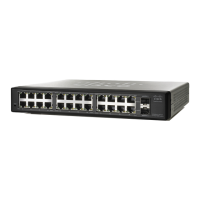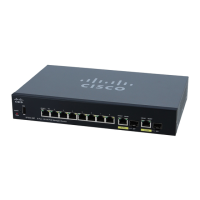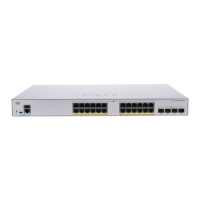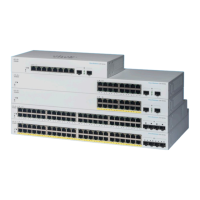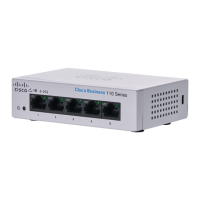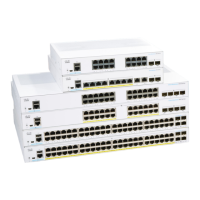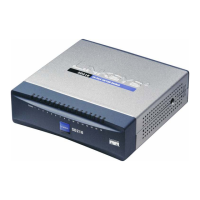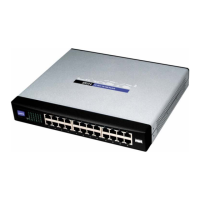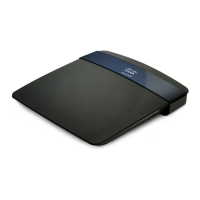Spanning Tree
Rapid Spanning Tree Settings
Cisco Small Business 200 Series Smart Switch Administration Guide 203
15
-
Auto
—Automatically determines the device status by using RSTP BPDUs.
• Point to Point Operational Status—Displays the Point-to-Point operational status if the Point to Point
Administrative Status is set to Auto.
• Role—Displays the role of the port that was assigned by STP to provide STP paths. The possible
roles are:
-
Root
—Lowest cost path to forward packets to the Root Bridge.
-
Designated
—The interface through which the bridge is connected to the LAN, which provides the
lowest cost path from the LAN to the Root Bridge.
-
Alternate
—Provides an alternate path to the Root Bridge from the root interface.
-
Backup
—Provides a backup path to the designated port path toward the Spanning Tree leaves.
This provides a configuration in which two ports are connected in a loop by a point-to-point link.
Backup ports are also used when a LAN has two or more established connections to a shared
segment.
-
Disabled
—The port is not participating in Spanning Tree.
• Mode—Displays the current Spanning Tree mode: Classic STP or RSTP.
• Fast Link Operational Status—Displays whether the Fast Link (Edge Port) is enabled, disabled, or
automatic for the interface. The values are:
-
Enabled
—Fast Link is enabled.
-
Disabled
—Fast Link is disabled.
-
Auto
—Fast Link mode is enabled a few seconds after the interface becomes active.
• Port Status—Displays the RSTP status on the specific port.
-
Disabled
—STP is currently disabled on the port.
-
Blocking
—The port is currently blocked, and it cannot forward traffic or learn MAC addresses.
-
Listening
—The port is in Listening mode. The port cannot forward traffic, and cannot learn MAC
addresses.
-
Learning
—The port is in Learning mode. The port cannot forward traffic, however it can learn new
MAC addresses.
-
Forwarding
—The port is in Forwarding mode. The port can forward traffic and learn new MAC
addresses.
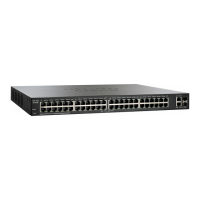
